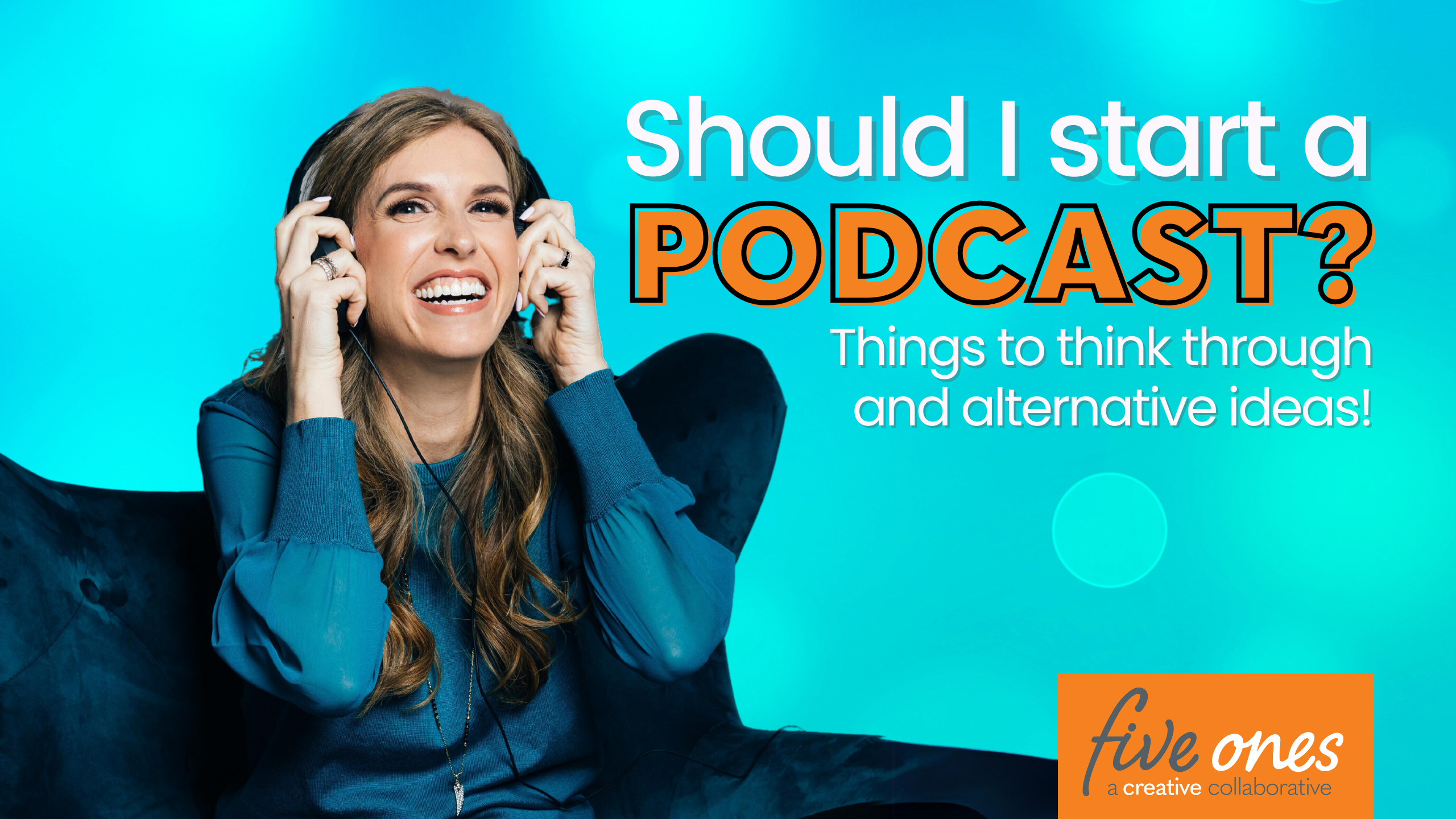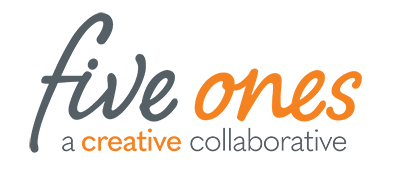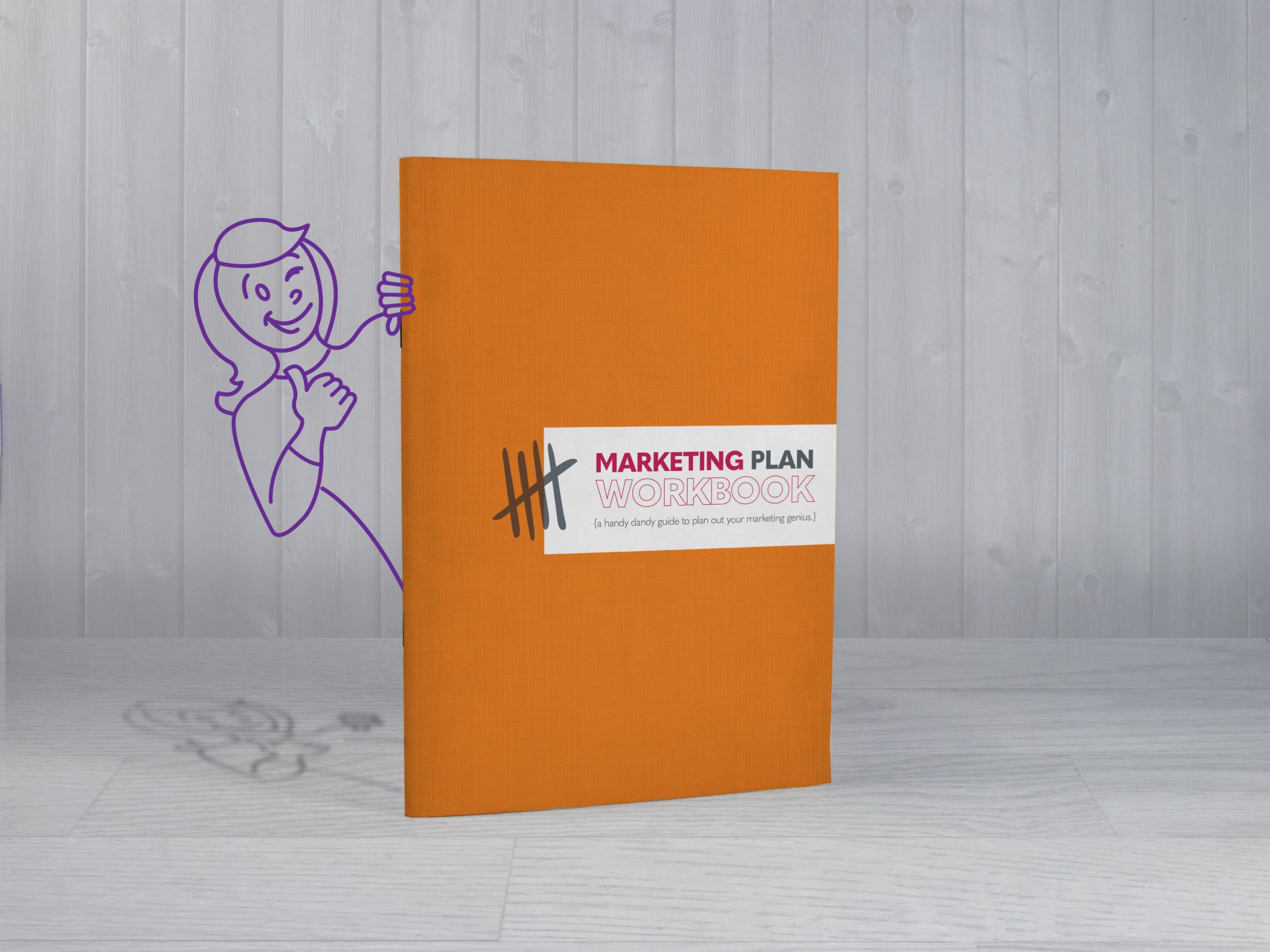
Should I start a podcast?
Ideas for “podcast-free” marketing
Disclaimer: The original intro to this blog post is in audio form on Five Ones Instagram. I then wrote this blog post while vacationing in the mountains (without the internet!) and filled in some gaps using AI once I returned to sea level. For example, I asked it to find proof points on podcasting statistics. I edited its answers to be in my voice and to fit into the flow of my content here.
To start a podcast or not, that is the question.
Podcasts are nearly ubiquitous these days, and it’s likely someone in your organization is having FOMO. And that’s not surprising. Podcasting listenership in the US has steadily increased year-over-year, reaching more than 140 million people. And with the average podcast listener devoting a whopping 7 hours per week to their favorite shows, it’s understandable why it’s hard not to want to jump on the podcasting bandwagon.
As a marketer, the excitement of reaching a new audience can be quickly overshadowed by the logistical hurdles – securing funding, recording equipment, editing software, the list goes on! But fear not, marketing superheroes. Before diving headfirst into podcast production, here are a few creative alternatives to achieve similar engagement goals without the heavy lifting of starting from scratch.
LEVERAGE AN ALREADY EXISTING PODCAST
I guarantee there are at least three podcasts that talk to your type of audience. Does three seem slim? Quite probably, yes. But that is three new pools of audience you can reach by identifying just three podcasts. Start there.
Identifying the right podcasts will require a deep dive, but it’s a perfect research project for an intern or assistant. Make notes on these characteristics:
- Immerse yourself in the podcast format, host style, and typical episode length. Are interviews in-depth or more conversational?
- Look for themes or topics they haven’t covered that align with your expertise. This positions you as a valuable addition.
- Follow them on social media to understand their interests and communication styles.
- Analyze past guest interviews to see the types of discussions they have.
Now, here are a few options for your approach:
- Partnering for a guest segment: This highlights the collaborative nature of the approach.
- Cross-promotion: This is a general term for promoting each other’s content.
- Advertising: Don’t let the potential cost deter you from exploring this idea. Advertising on niche podcasts, especially for nonprofit and association interests, won’t break the bank because they have smaller audiences. (Not #1 Apple Podcast audiences.) In fact, some of these podcasts may not have thought about advertising, so you’ll have room to negotiate
REPURPOSE EXISTING CONTENT
Think about how you could repurpose something you’re already doing into an audio clip. Don’t call it a podcast; think audio.
- Could your CEO share a different version of an internal message they share every week?
- Could your blog or news authors narrate their writing?
- Could someone interview a partner about your research or annual reports?
Keep them short—5 to 15 minutes—and, walah!, you have “podcast” content.
This content can be shared in all your marketing channels and will surprise and delight your audiences because it’s something NEW.
There are also ways to take the audio you’ll collect and turn it into other promotional materials. Use my content math equation of multiplied content. Repurpose your audio content and give it new life in different formats. Here are some ideas for audio repurposing:
- Create audiograms (super short clips of audio that are shared as “videos” on social media)
- Create videos/reels using the video footage taken during the recording
- Use it for quotes (using the transcription) that can be shared on social or email
- Turn it into blog posts, then link to these in your e-news or social media
- Use a clip of audio as the inspiration or start of a long-form blog or opinion piece
- Live stream the original recording
- Create an infographic out of the audio content
EXPLORE A LIMITED RUN
There are ways to create audio content on a shoestring budget. Good equipment can be purchased for under $100 (I use this microphone and accessories), and editing can be done for free in Audacity.
Name your new-found content a “Special Series”, “Limited Series,” or “Mini-Series” so you’re not committed to the regular churn. Making it time-bound will contain your podcasting and content promises.
When you do wade into the podcasting waters, remember about measurement. It will help you respond to the podcasting questions you face in the future. In your audio CTA, use a unique, trackable URL.



